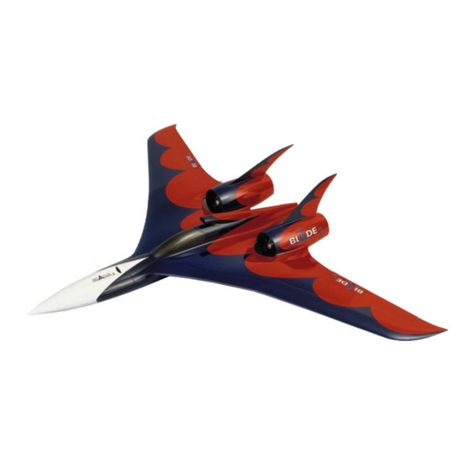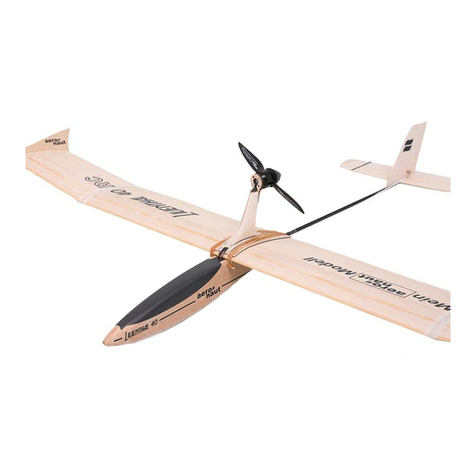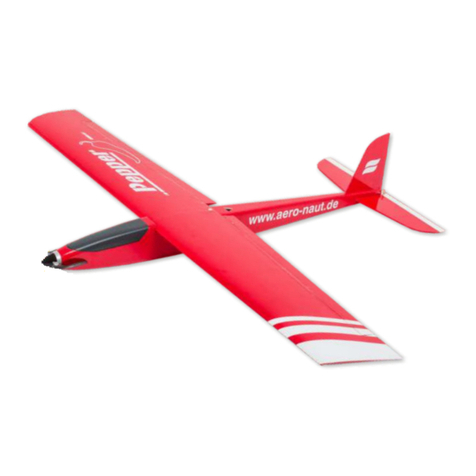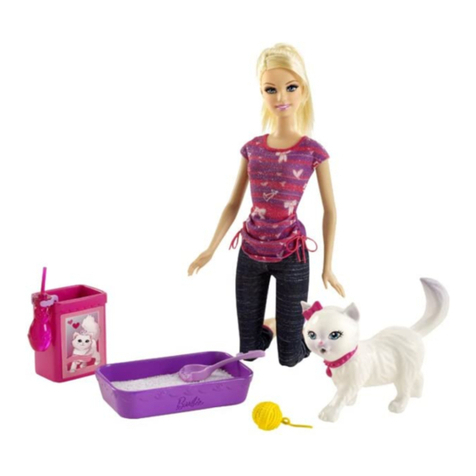Aeronaut The Hansa-Jolle Instruction Manual




















Other Aeronaut Toy manuals
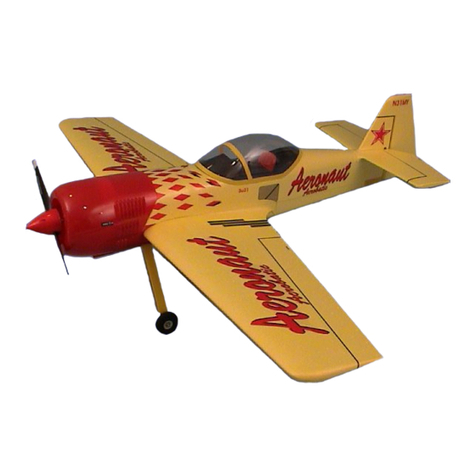
Aeronaut
Aeronaut Sukhoi SU 31M Instruction Manual
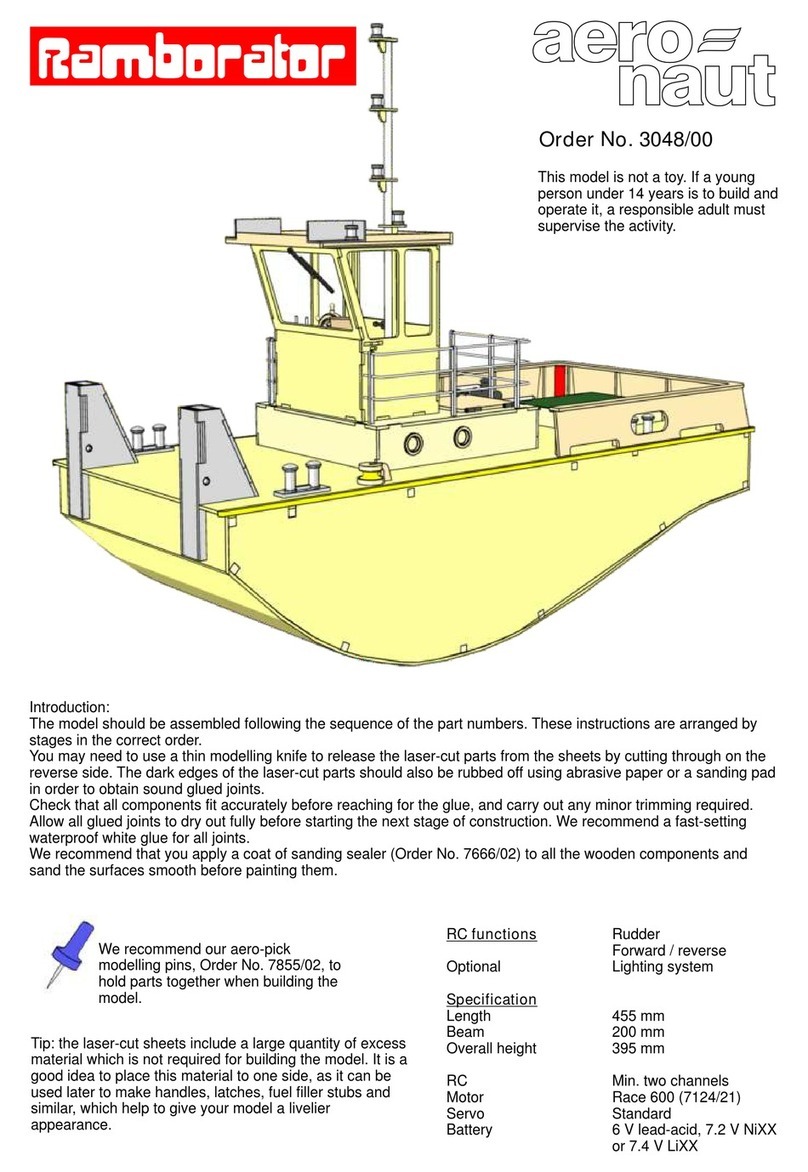
Aeronaut
Aeronaut Rambotator User manual
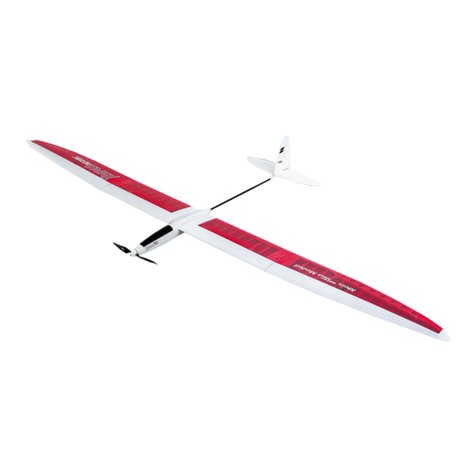
Aeronaut
Aeronaut Triple Neo Series User manual
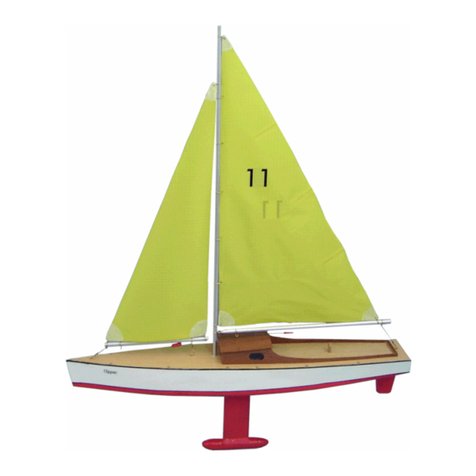
Aeronaut
Aeronaut Clipper Instruction Manual

Aeronaut
Aeronaut LUXX Instruction Manual
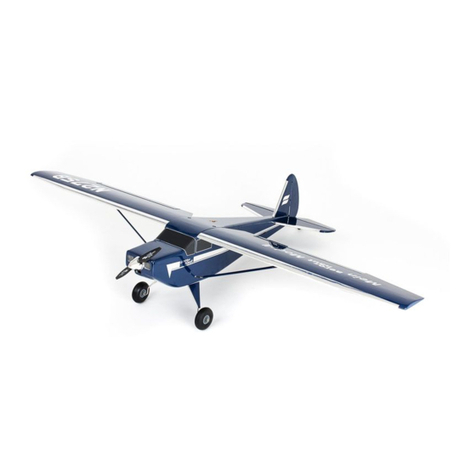
Aeronaut
Aeronaut Luscombe Silvaire 8 User manual
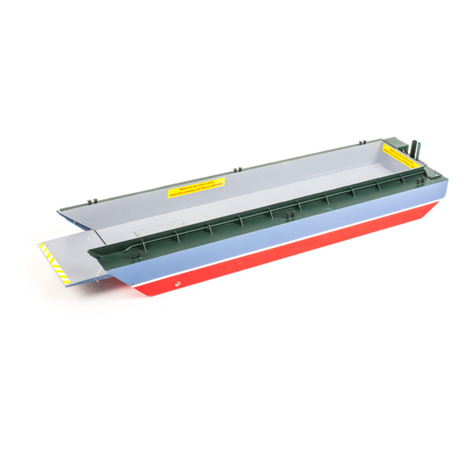
Aeronaut
Aeronaut Ramboline User manual

Aeronaut
Aeronaut Dassault Breguet Rafale C 01 Instruction Manual
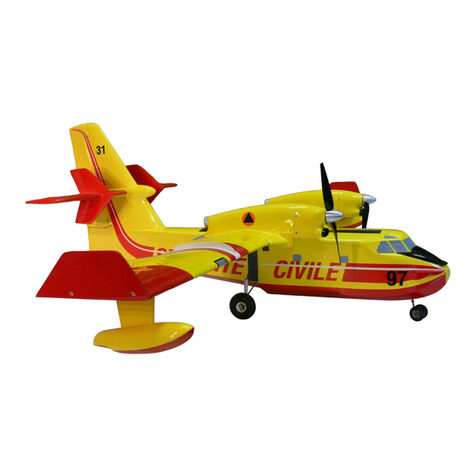
Aeronaut
Aeronaut Canadair CL-415 Instruction Manual
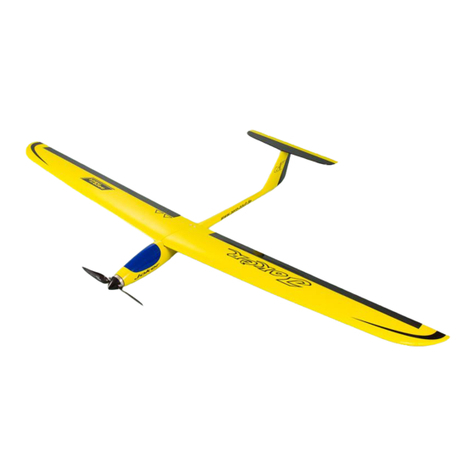
Aeronaut
Aeronaut Joker RC Instruction Manual
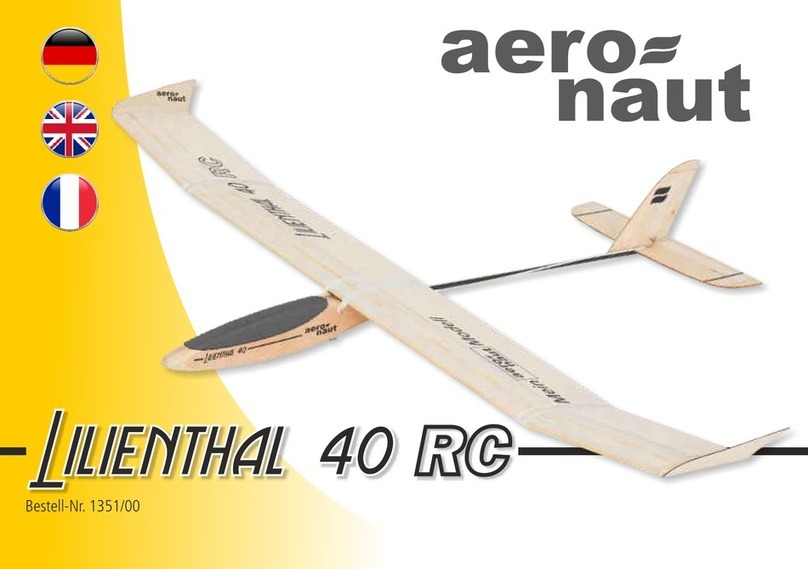
Aeronaut
Aeronaut Lilienthal 40 R User manual
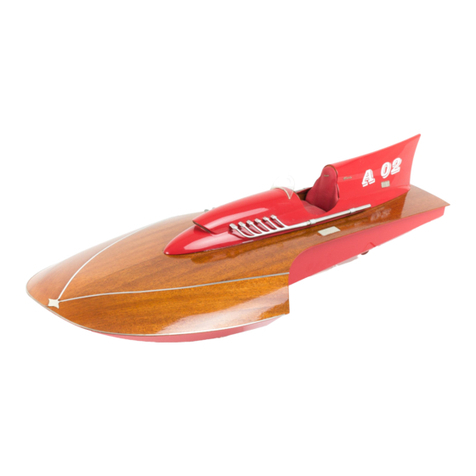
Aeronaut
Aeronaut Manta A 02 User manual

Aeronaut
Aeronaut Galaxy Instruction Manual
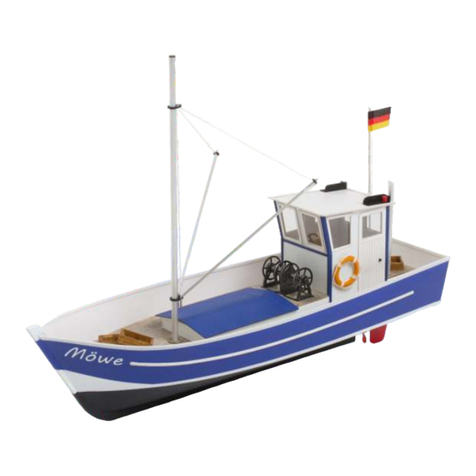
Aeronaut
Aeronaut Mowe 2 User manual
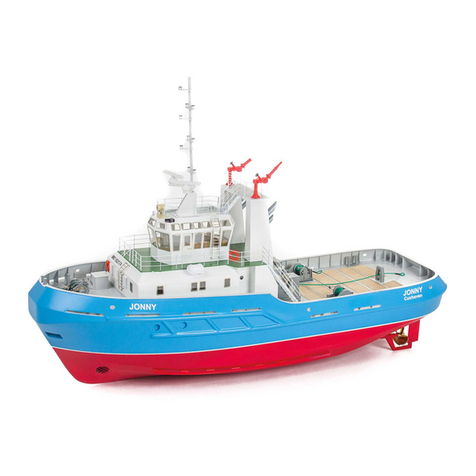
Aeronaut
Aeronaut Jonny User manual

Aeronaut
Aeronaut Princess User manual
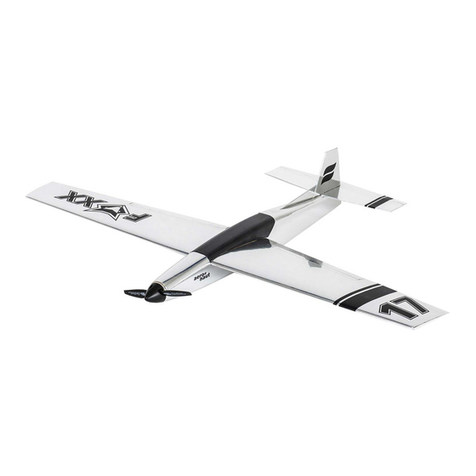
Aeronaut
Aeronaut Foxx User manual

Aeronaut
Aeronaut Premiant II Instruction Manual
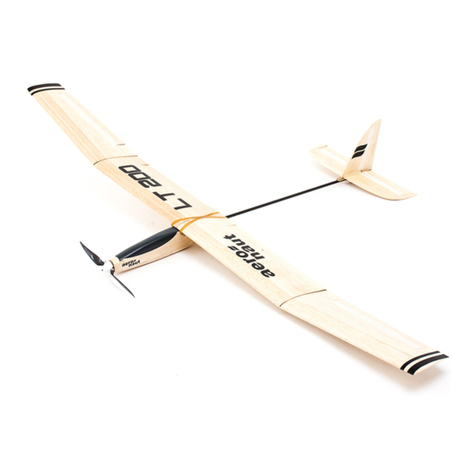
Aeronaut
Aeronaut LT 200 Flex User manual
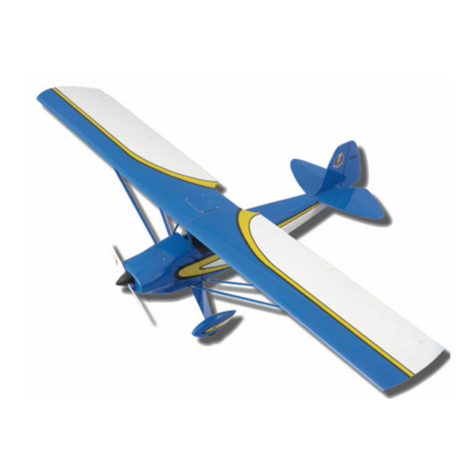
Aeronaut
Aeronaut Prober Pixie Instruction Manual
Popular Toy manuals by other brands
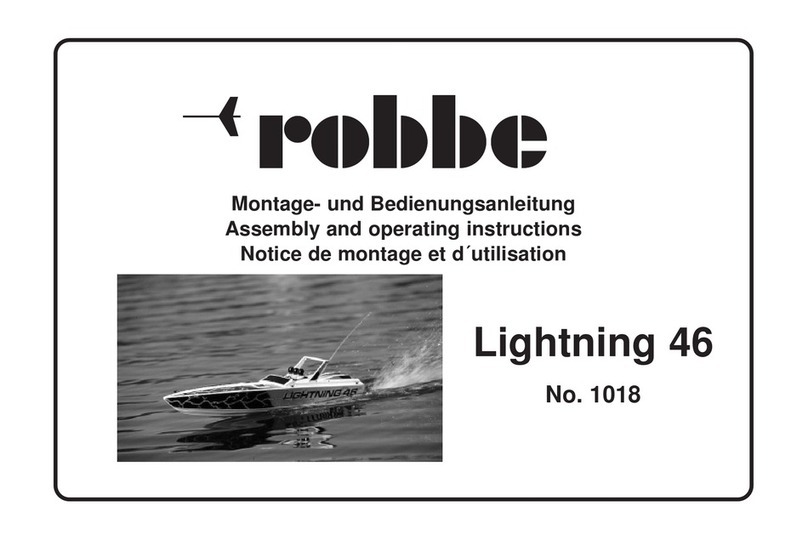
ROBBE
ROBBE Lightning 46 Assembly instructions
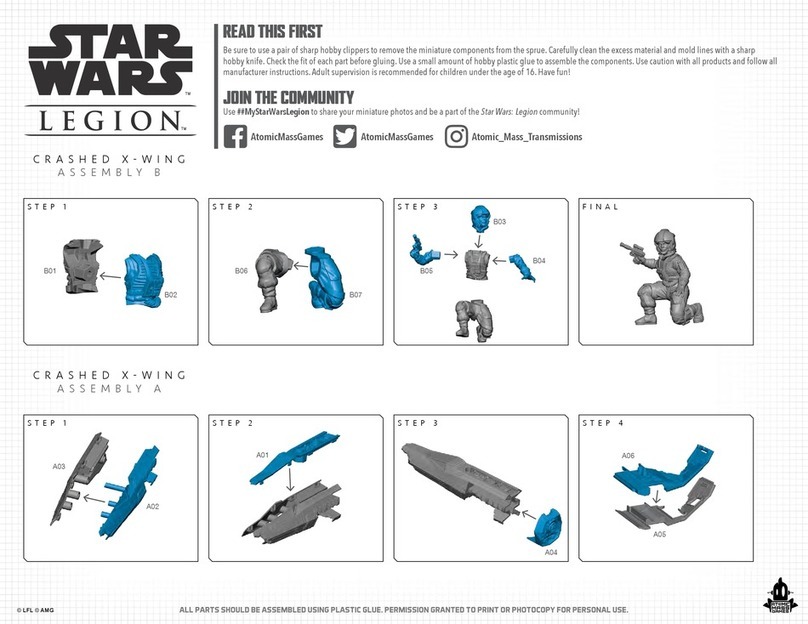
ATOMIC MASS GAMES
ATOMIC MASS GAMES STAR WARS LEGION CRASHED X-WING Assembly

Spirit
Spirit BLACK & RED JUMPING SPIDER Installation and operating instructions
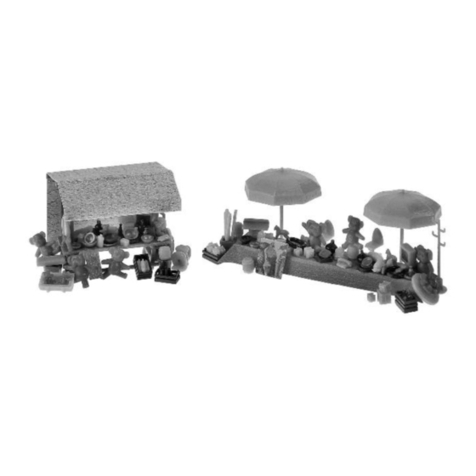
Faller
Faller FLEA MARKET SET 2 manual
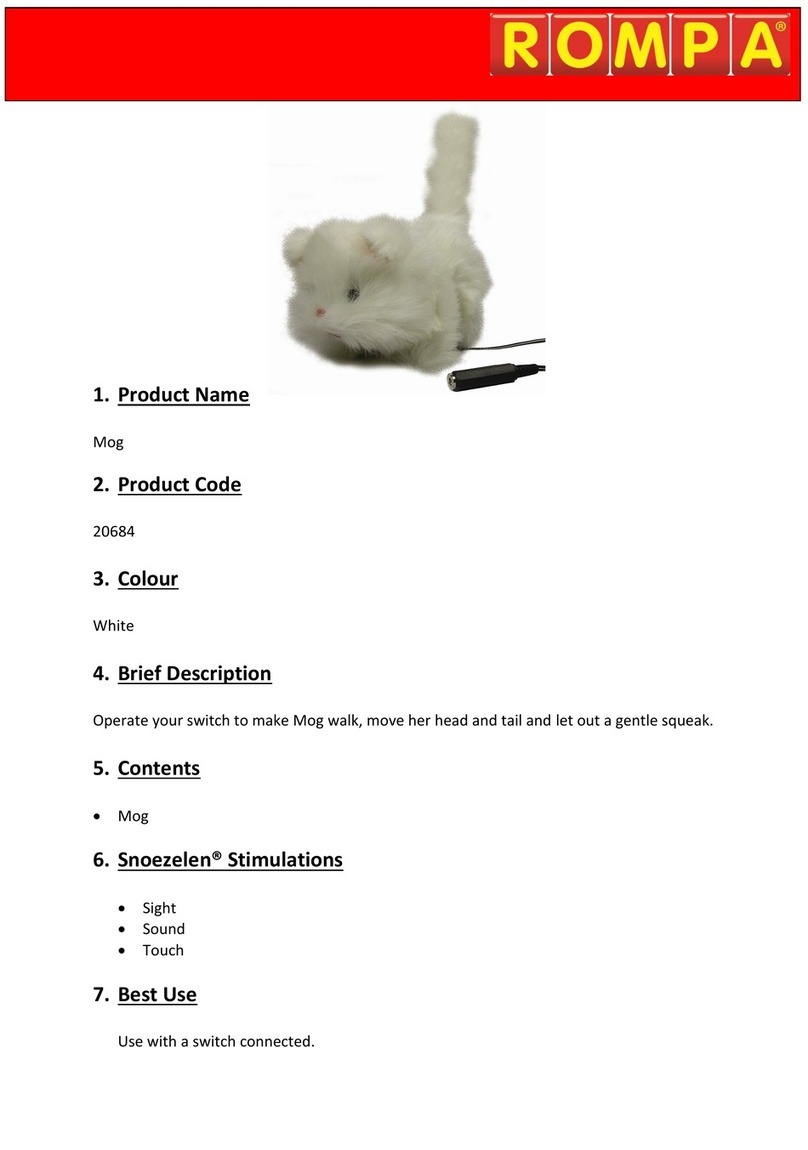
Rompa
Rompa Mog 20684 quick start guide
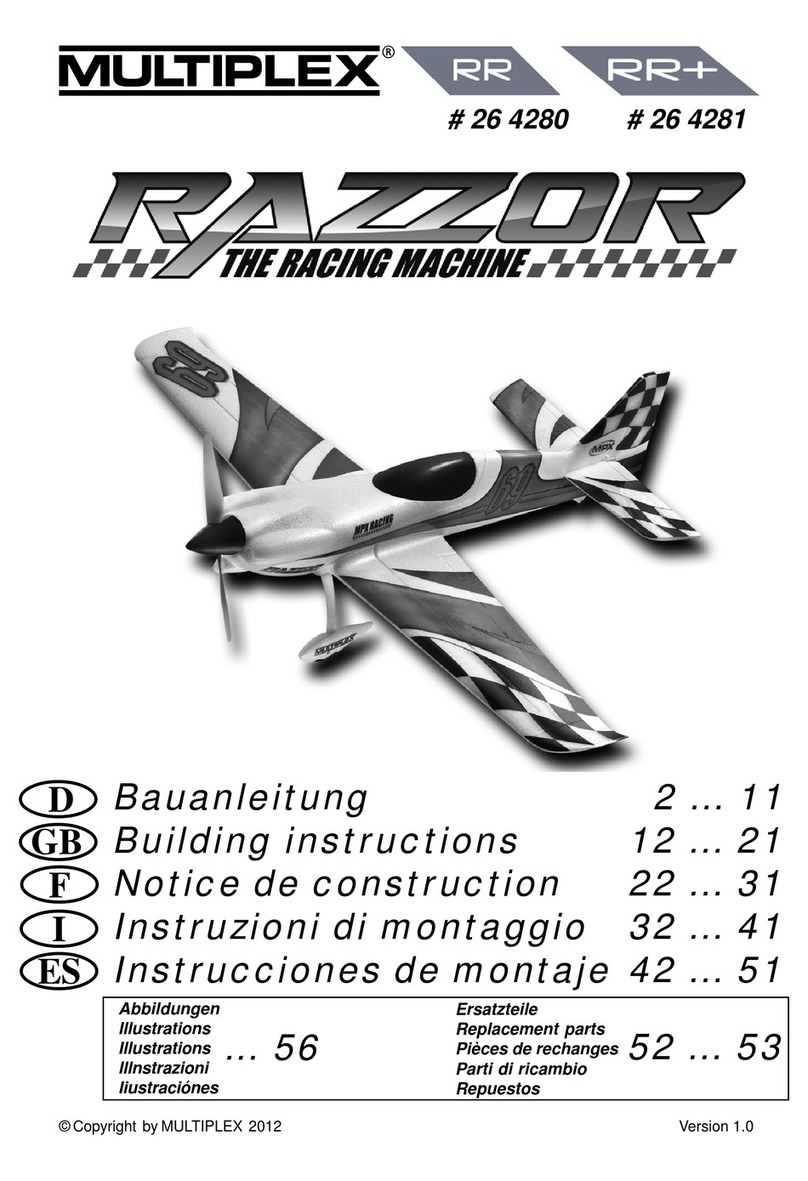
Multiplex
Multiplex Razzor RR+ 26 4281 Building instructions
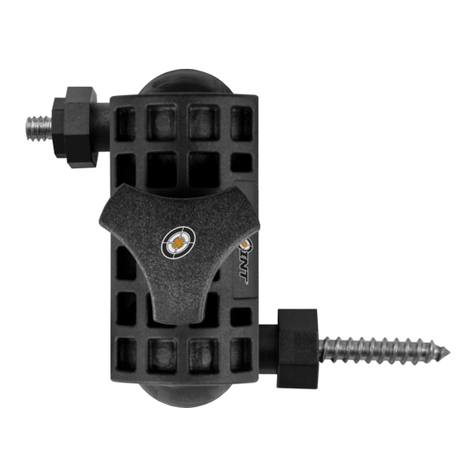
Enabling Devices
Enabling Devices Plasma Star with Mounting Arm user guide

VBC Racing
VBC Racing FFTwelve instruction manual

Eduard
Eduard P-51D gun bay manual
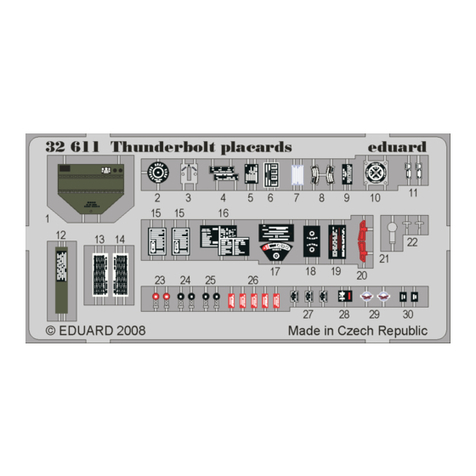
Eduard
Eduard P-47D Thunderbolt placards s. adh. manual
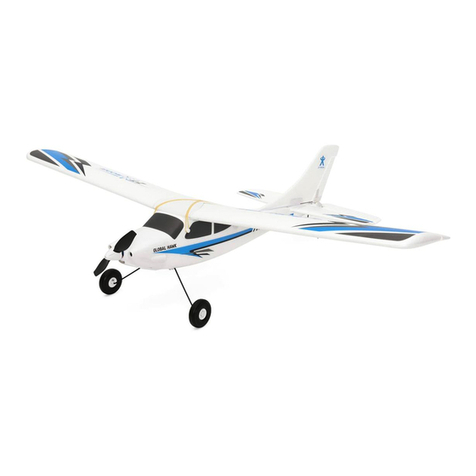
ZT Model
ZT Model Global Hawk EP Airplane quick start guide
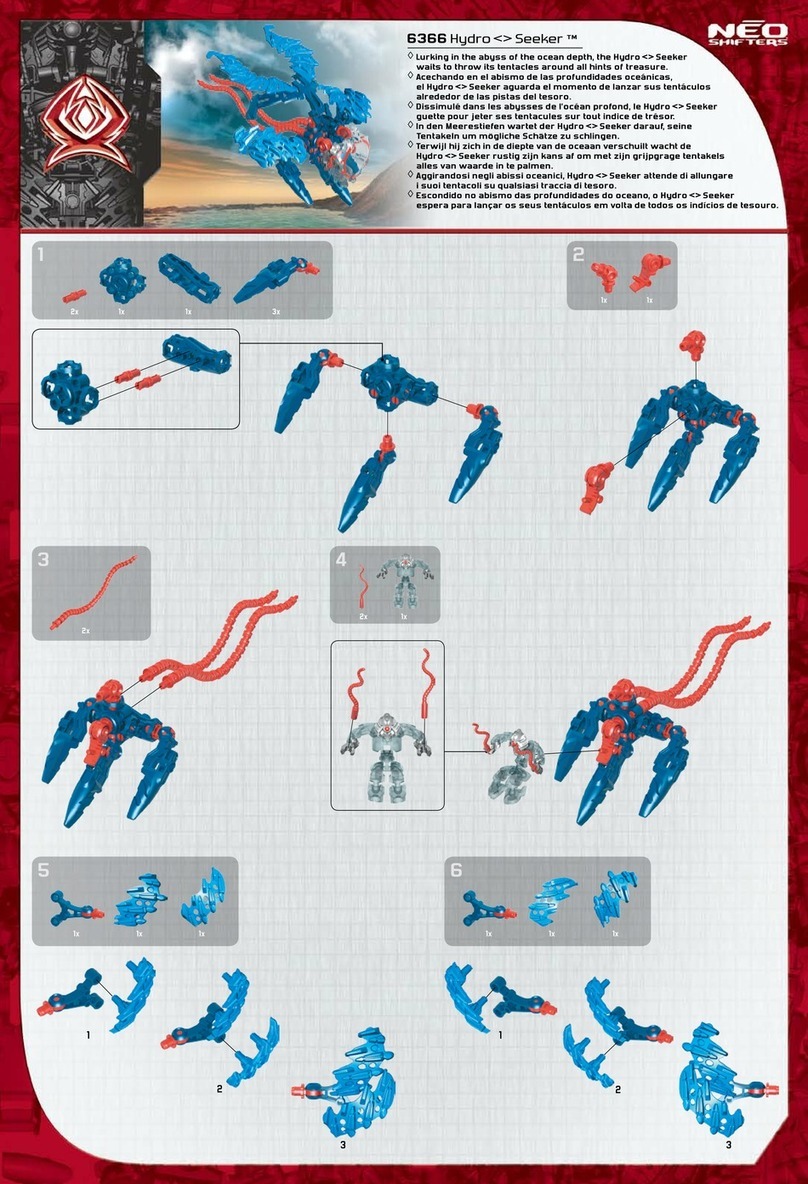
Mega
Mega NEO SHIFTERS Hydro Seeker 6366 quick start guide
